Ah the Belle Époque, which was quite literally the “Beautiful Era”. The influence of the aesthetic period was still heavy, but this time more experimental. Industrialism was blooming, technology was changing and the beginning of globalization made for a wider sharing of jewellery trends. People saw whimsy in the world and room to grow in an organic yet modern way. While short lived, this era played a key role in the future of jewellery design. Nature, freeform, and film were primary influences.

The Belle Époque style of jewellery is broken into 3 epochs. The tricky part about these trends is that they were happening around the same time as each other. So remember, these periods in this case specify jewellery trends, not necessarily time period. The 3 epochs of the Belle Époque era are:
ART NOUVEAU (1890-1910)
 |
 |
 |
Art Nouveau was heavy on the nature motifs, including flowers, birds, and the female figure. This style is probably one of the easiest to identify, due to its distinct whimsical flourishes, soft curves, fluid lines, and asymmetrical patterns. Absolutely iconic. Jewellery was seen as wearable art, and pure expressionism. This is where jewellery became its most creative. People were changing and becoming more artistic. New ideas were coming to light, thus people were trying things in a way. Precious stones took a backseat to the use of semi-precious stones like agate, garnet, and aquamarine. Crafting techniques reverted away from the industrial molding and setting to traditional enamelling, molded glass, and ivory work. These new styles made the period drastically more fantastical in comparison to the trend’s predecessors.
ARTS & CRAFTS (1890-1910)
 |
 |
 |
This movement is most easily identified by its complete rejection of machinery and return to hand-crafted wares. While the style is often similar to art nouveau in aesthetic, the way in which pieces were made were vastly different. Because pieces were made by hand, the designs were considerably simpler than that of its more elaborate cousin. They focused on intricate and detailed metalwork that could only be achieved by the hand of a skilled craftsman. Enamelling was very common, as well as the use of semi-precious stones. However, this trend was extremely brief, due to the fact that it wasn’t very popular with the public. It was just too much of an expensive in comparison to machine made jewellery. Why buy a pendant that is less detailed, less refined, and less in material when you had a better more modern option?
EDWARDIAN (1901-1915)
 |
 |
 |
I know this might come as a shock to most people, but believe it or not the Edwardian period is in fact apart of the Beautiful Era. These jewellery styles signified the end of one monarch and the beginning of another. Queen Victoria’s reign ended when she shockingly died on January 22, 1901. After her death came the reign of King Edward, thus this period during the Beautiful Era was so named the Edwardian period. Known for its light and delicate feel this style of jewellery brought precious gemstones back to the mainstage, often incorporating the big three coloured gems, rubies, sapphires, and emeralds. But, the focus was always on diamonds. Diamonds, diamonds, and more diamonds. Edwardian jewellery is often easily identified by the excessive use of diamond embellishment. A new younger monarch often meant more money and thus precious gems came back in fashion. Bows, ribbons, crescent moons, flowers, horseshoes, and sporting themes were common motifs used in jewellery at the time. It was also common for jewellery to have thin lacy designs embroidered with beadwork and small stones. A new technic that came out of machine jewellery making. It was during this time when platinum became extremely popular. It was a new silvery metal that was strong, shiny, and malleable. Everyone wanted in on it. Thus, a bright, white, sparkly aesthetic became the main look for the Edwardian period.

